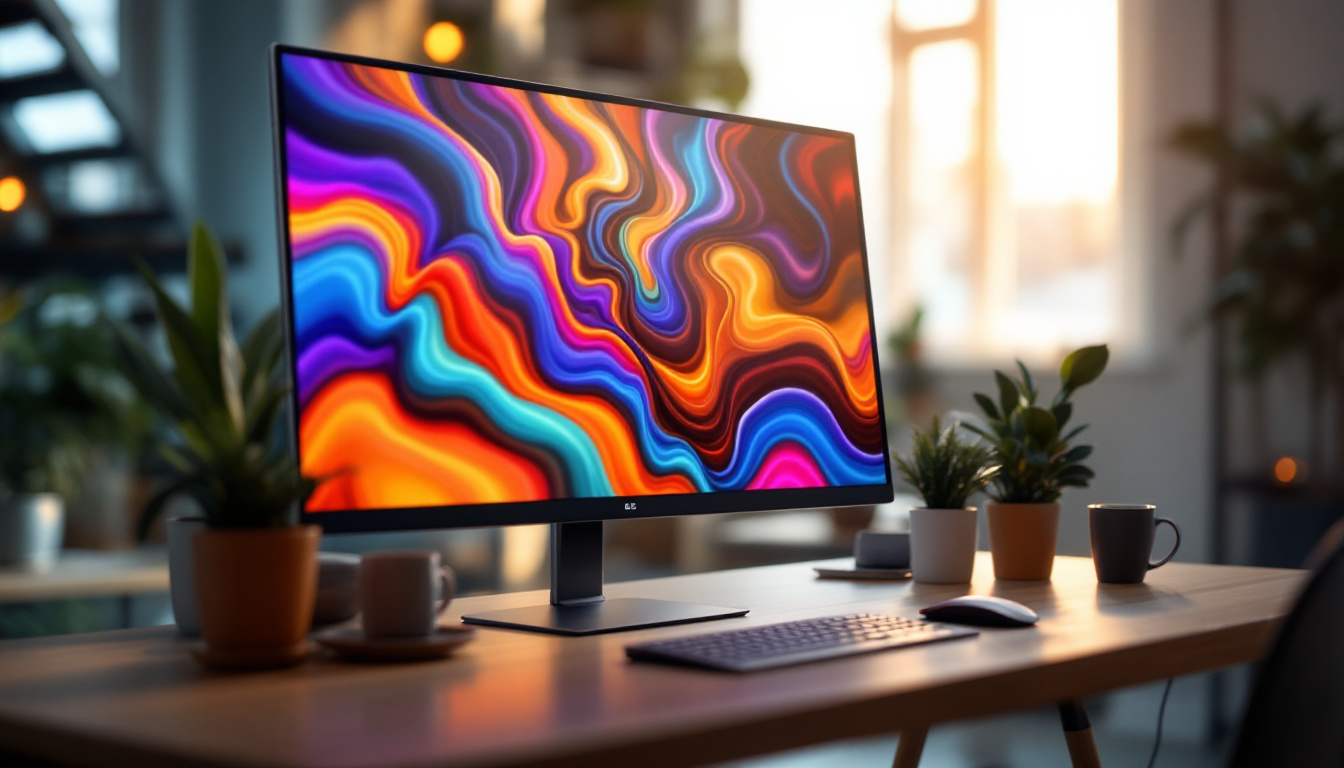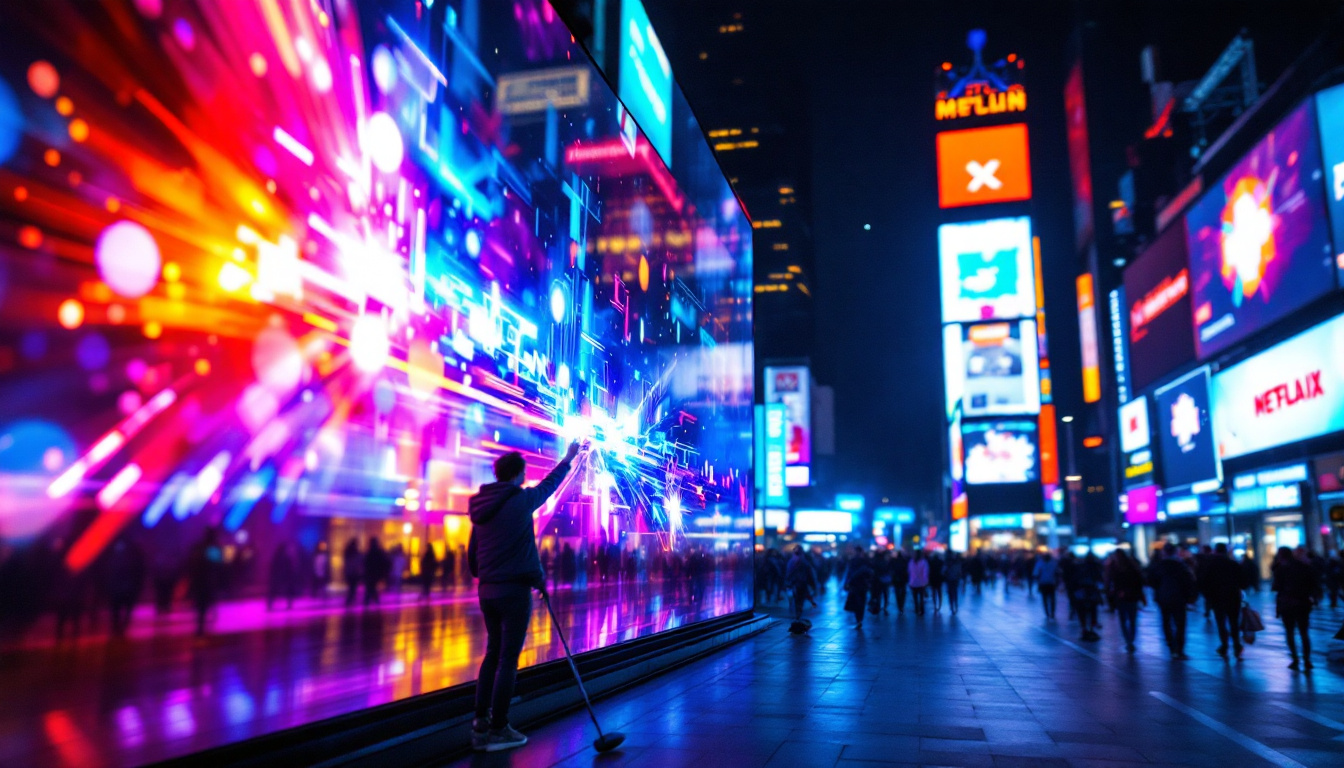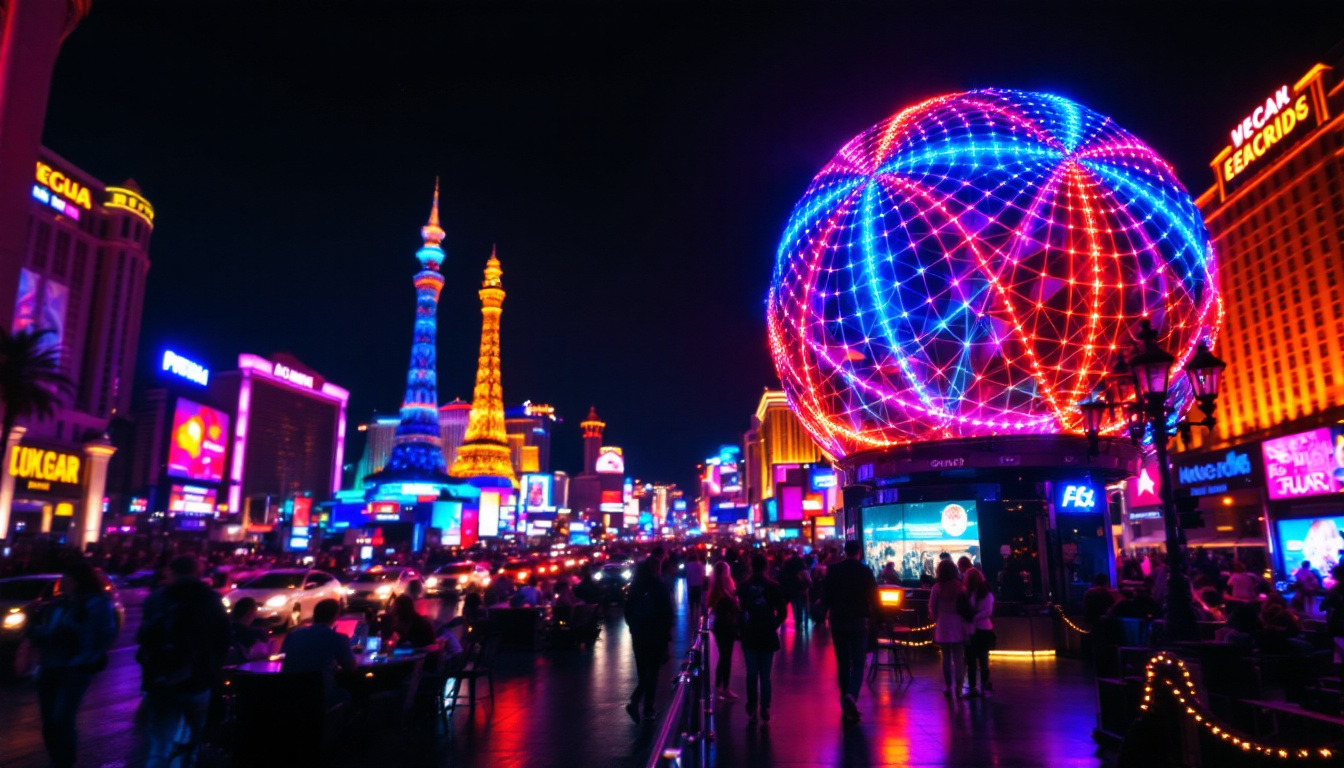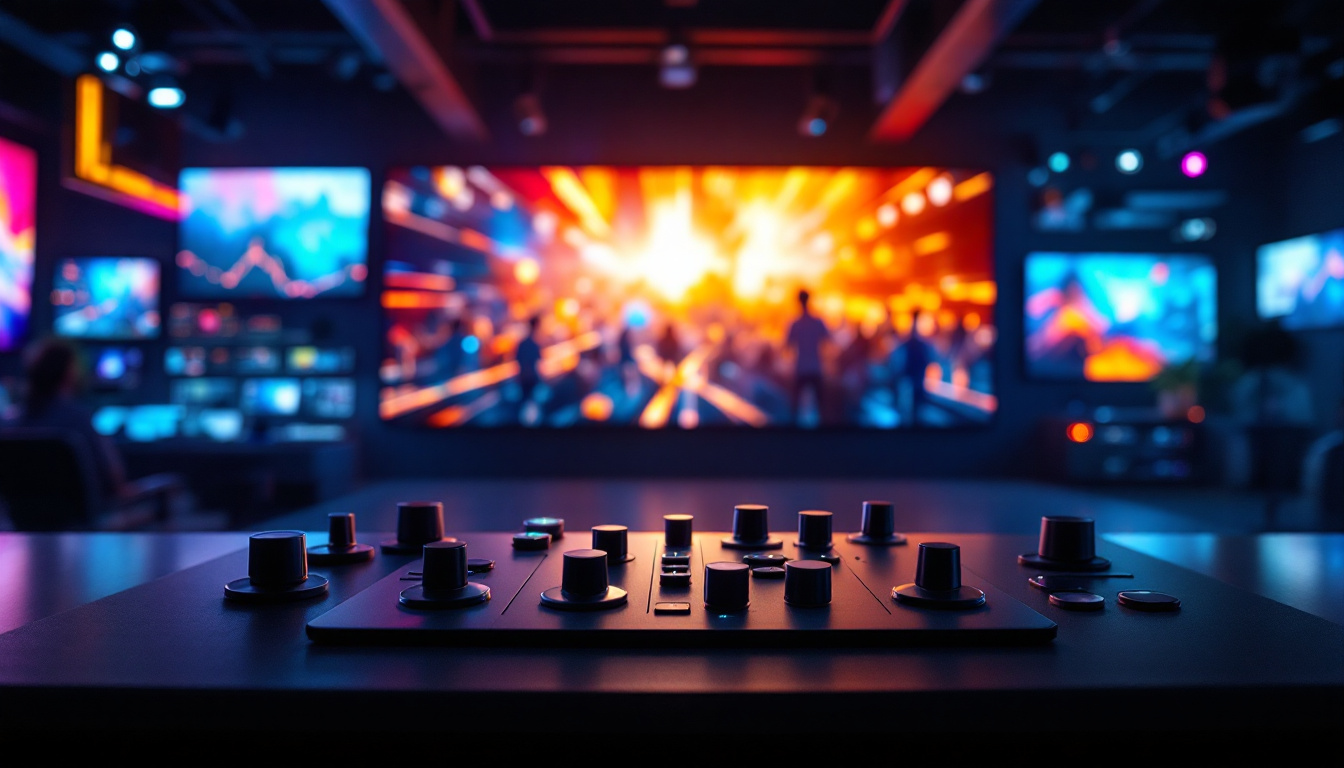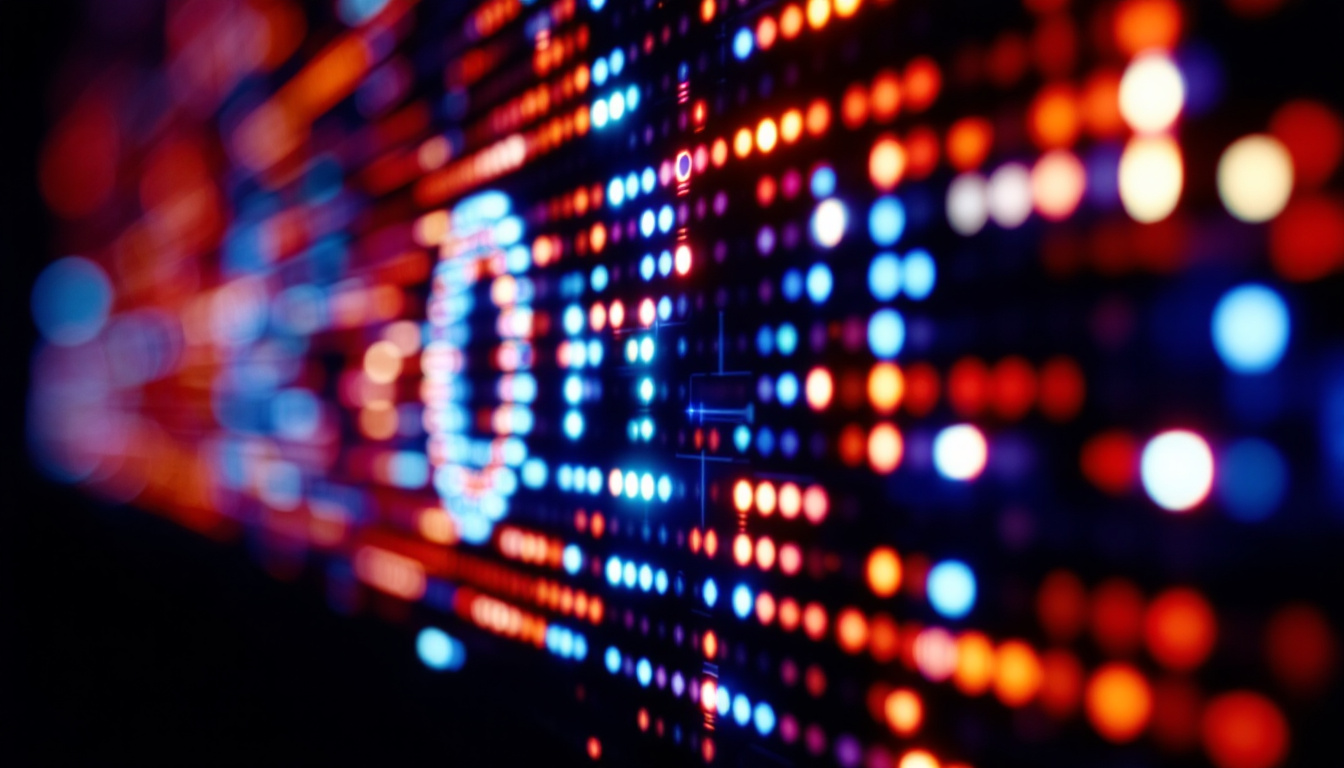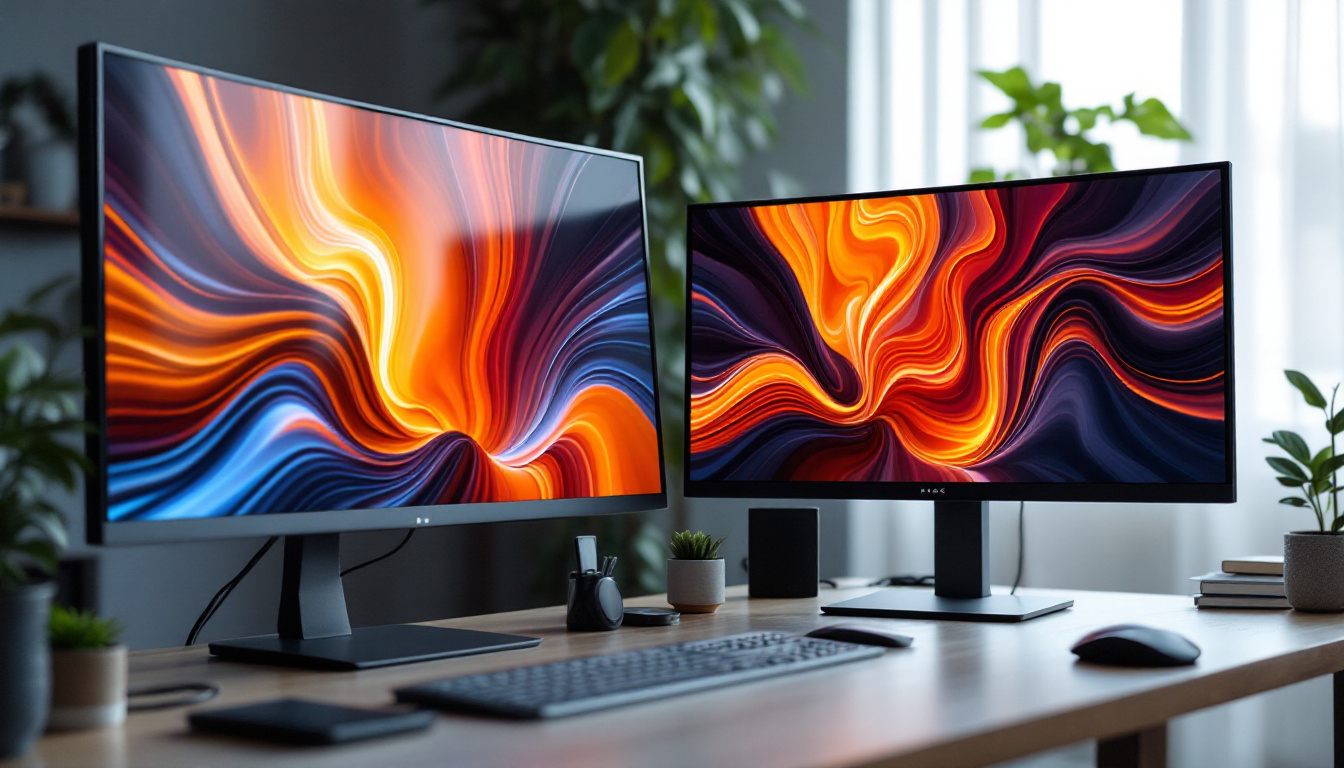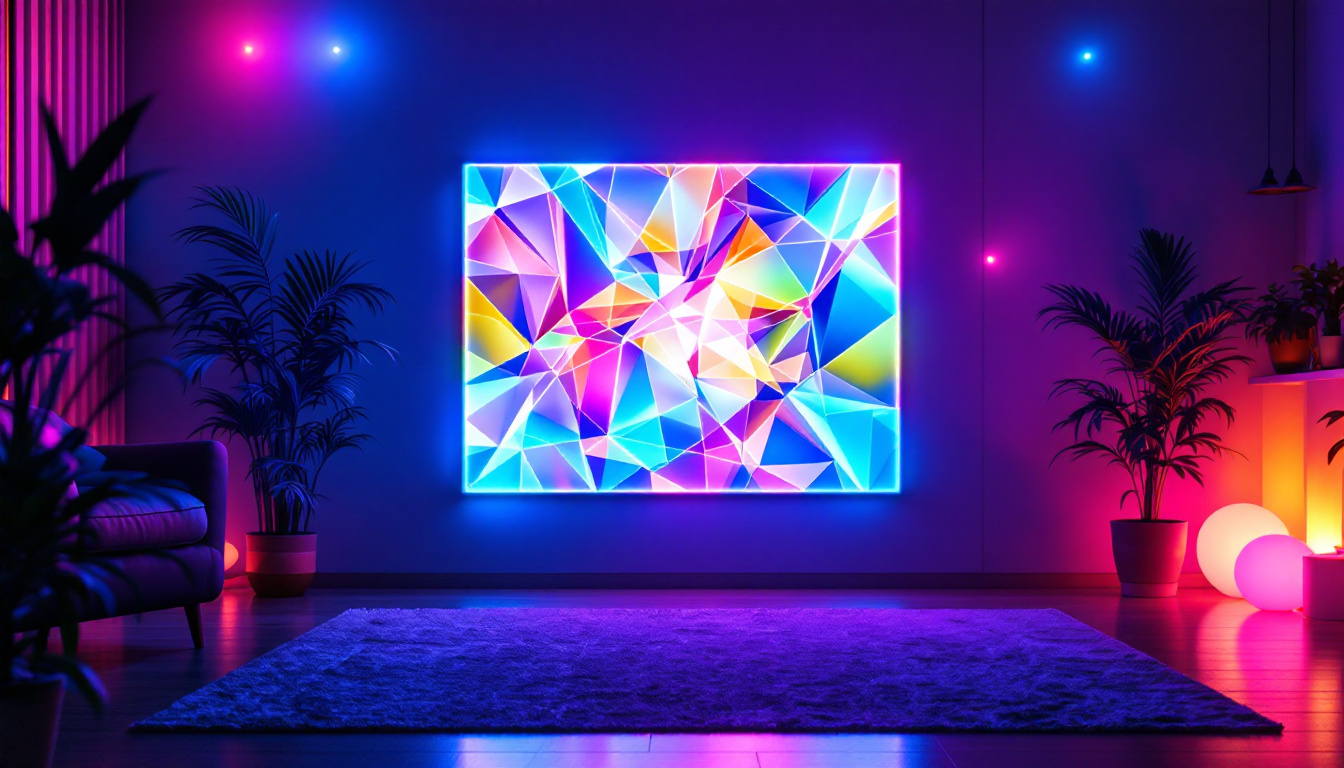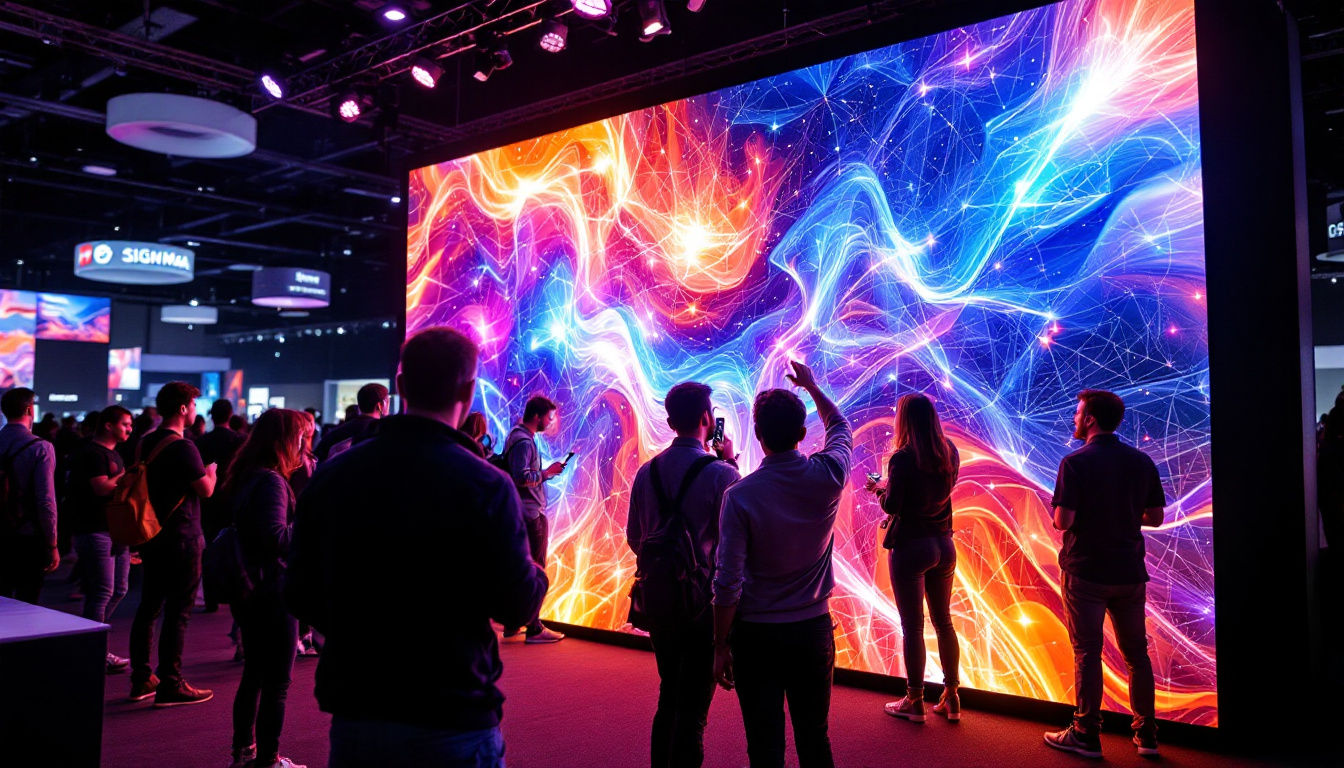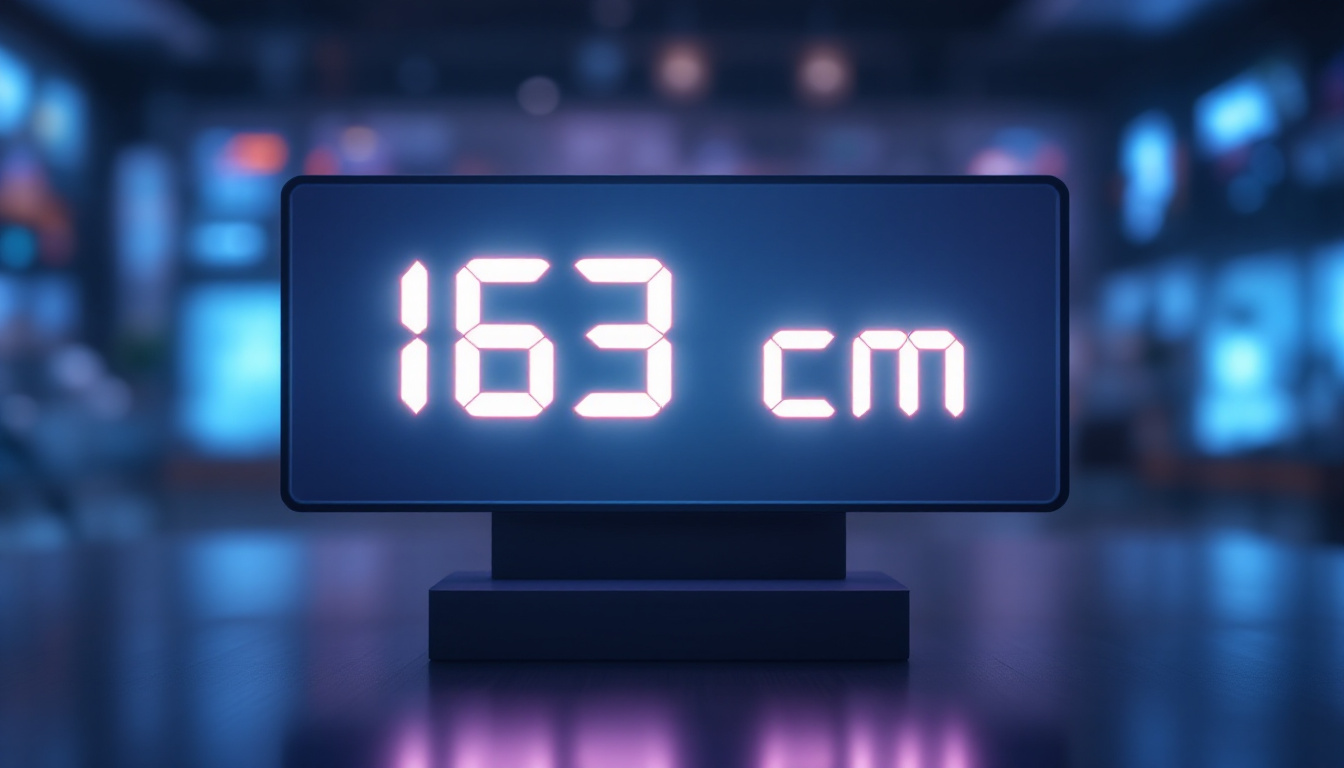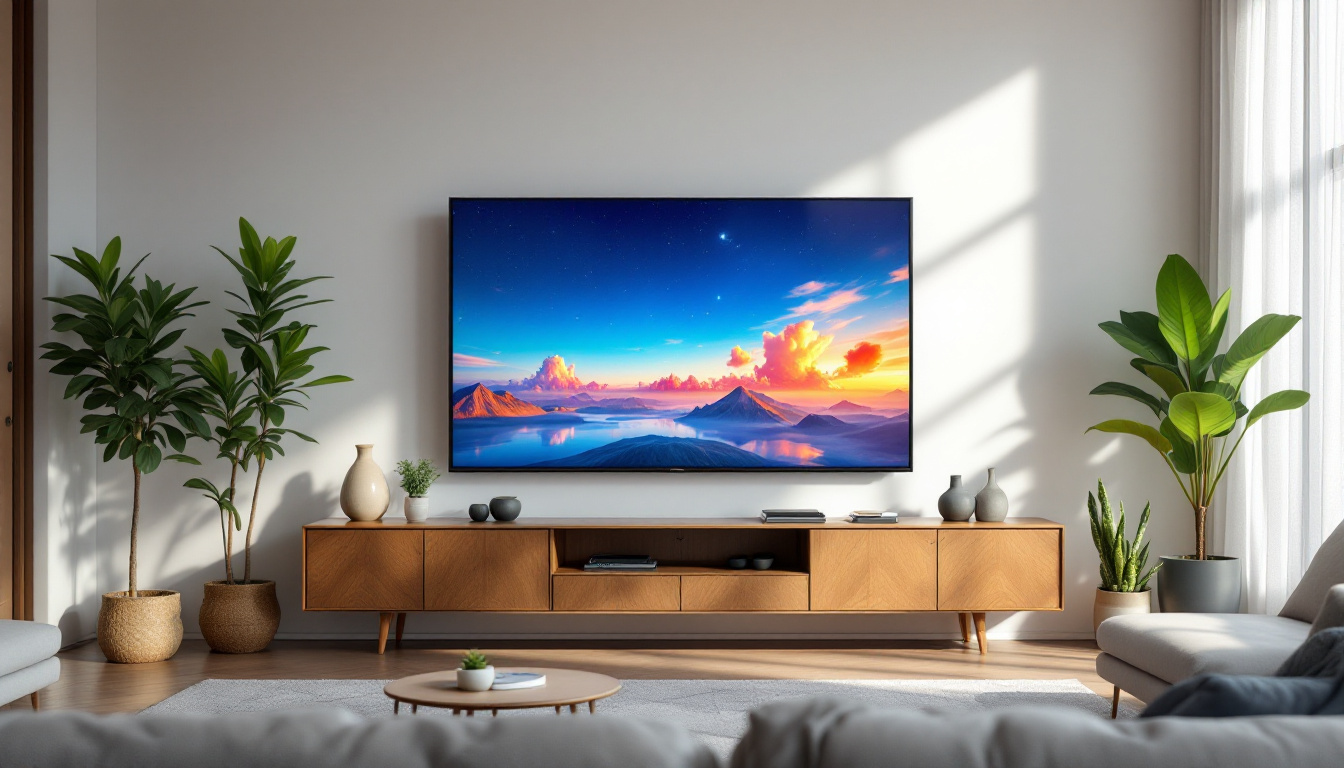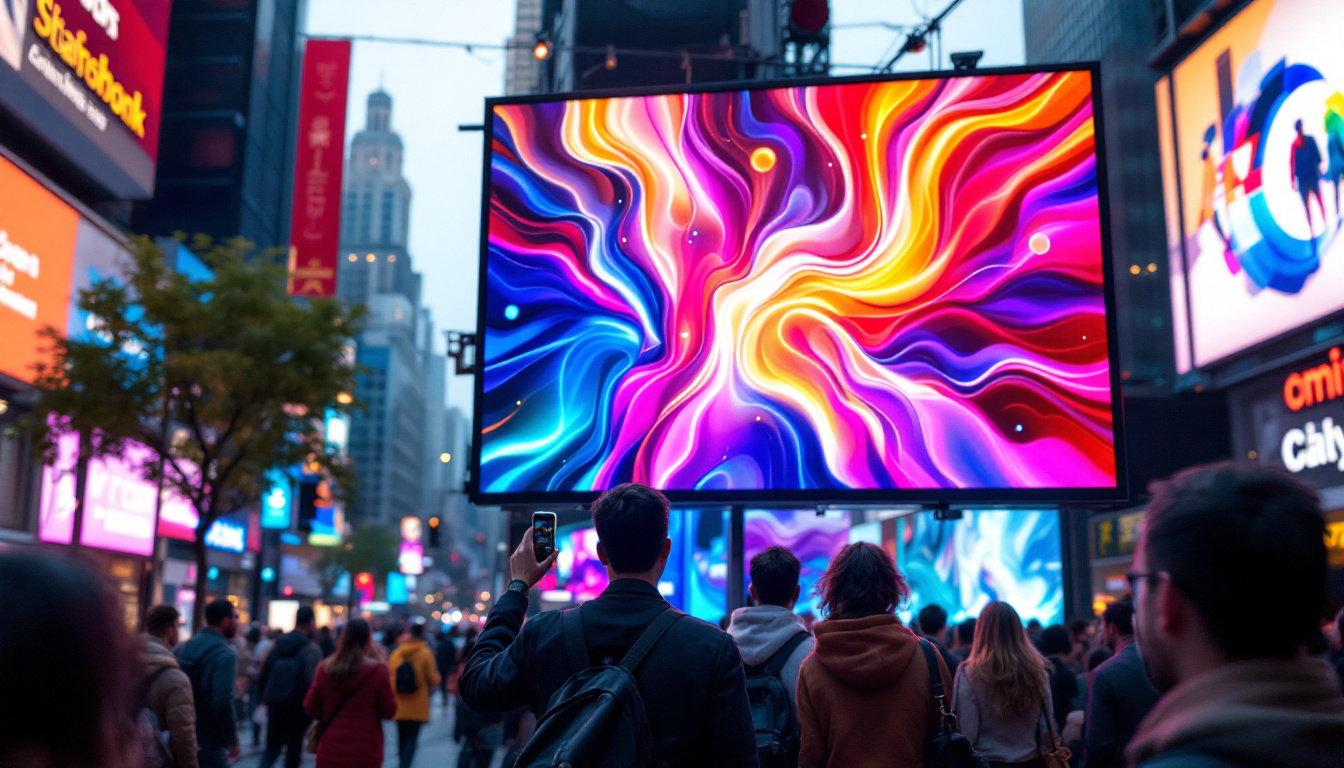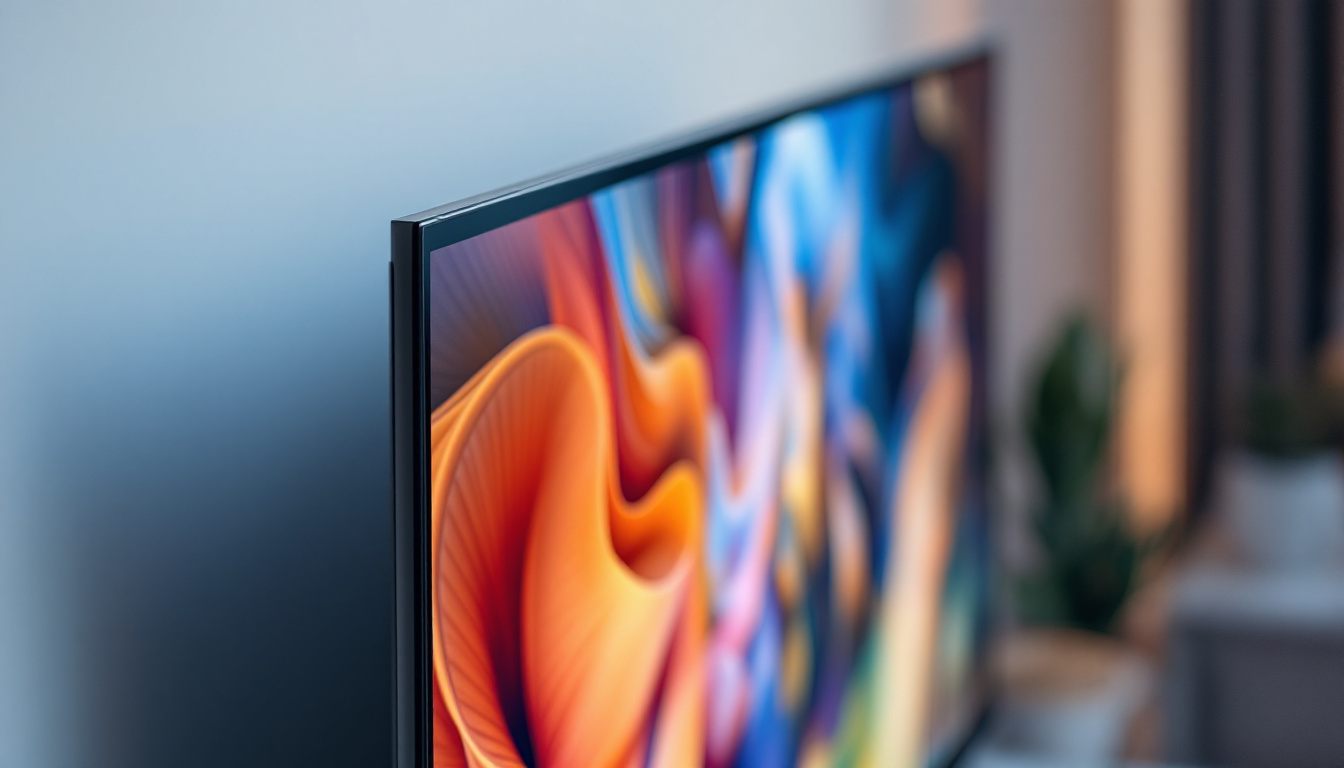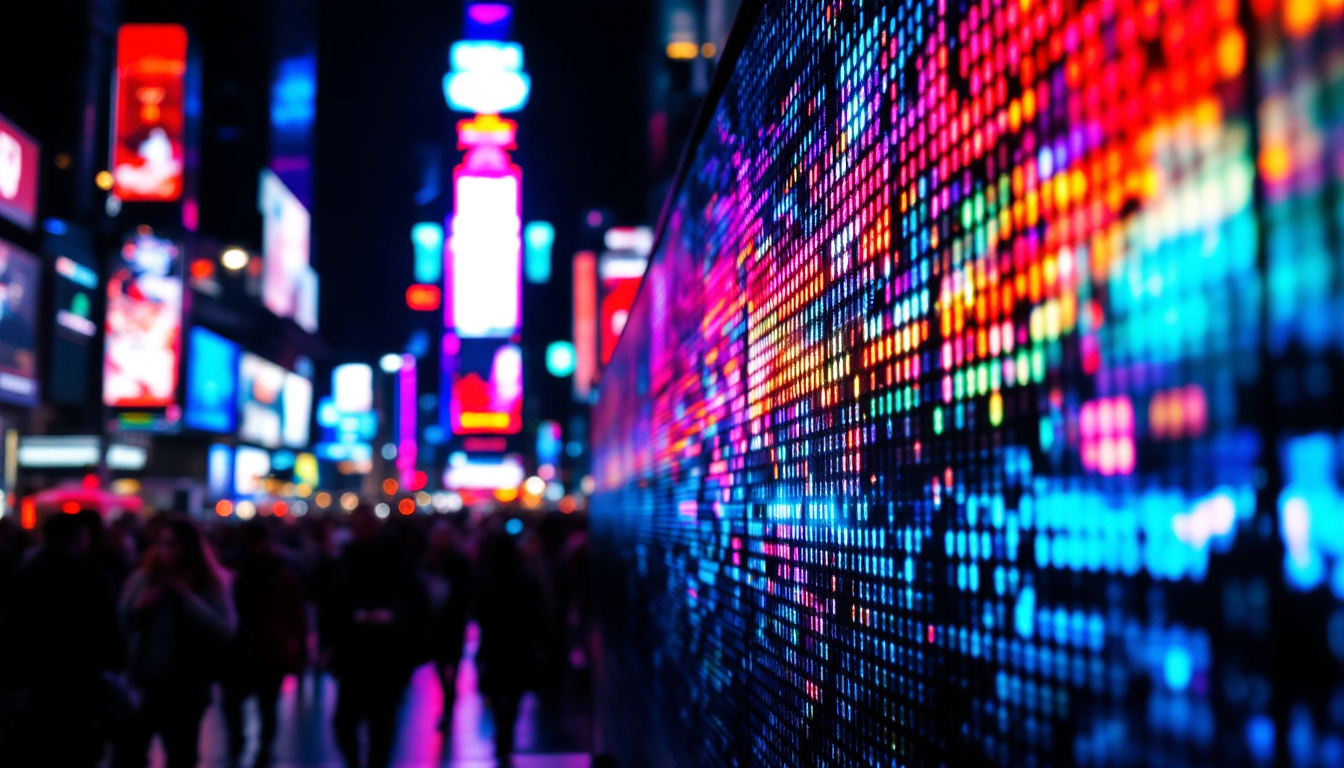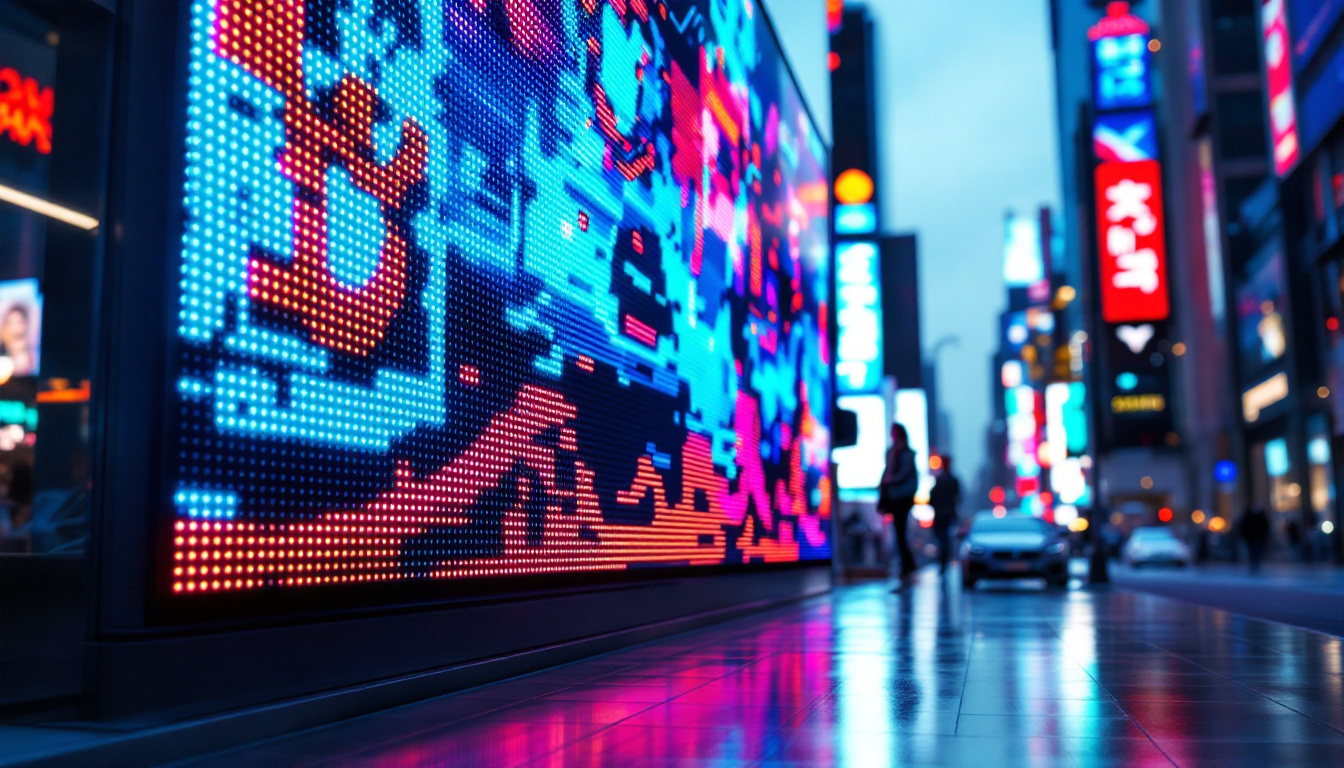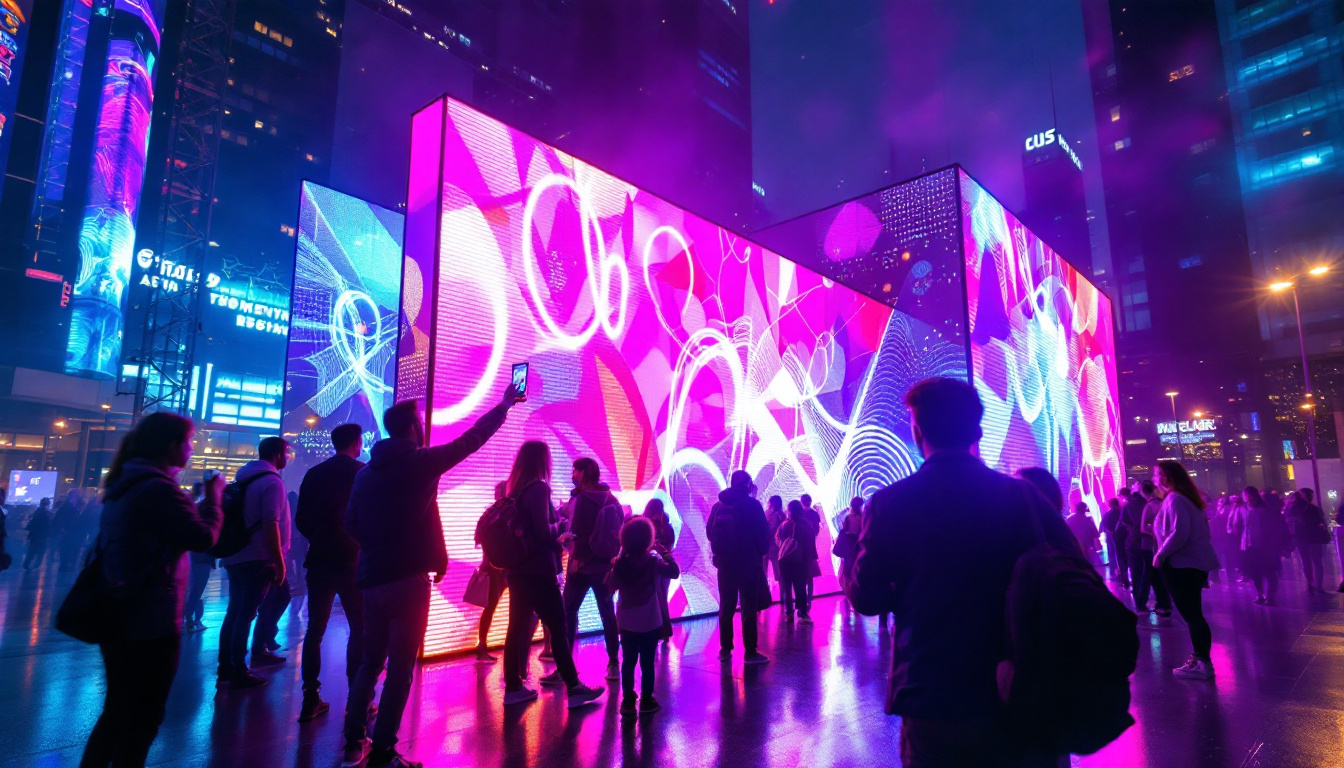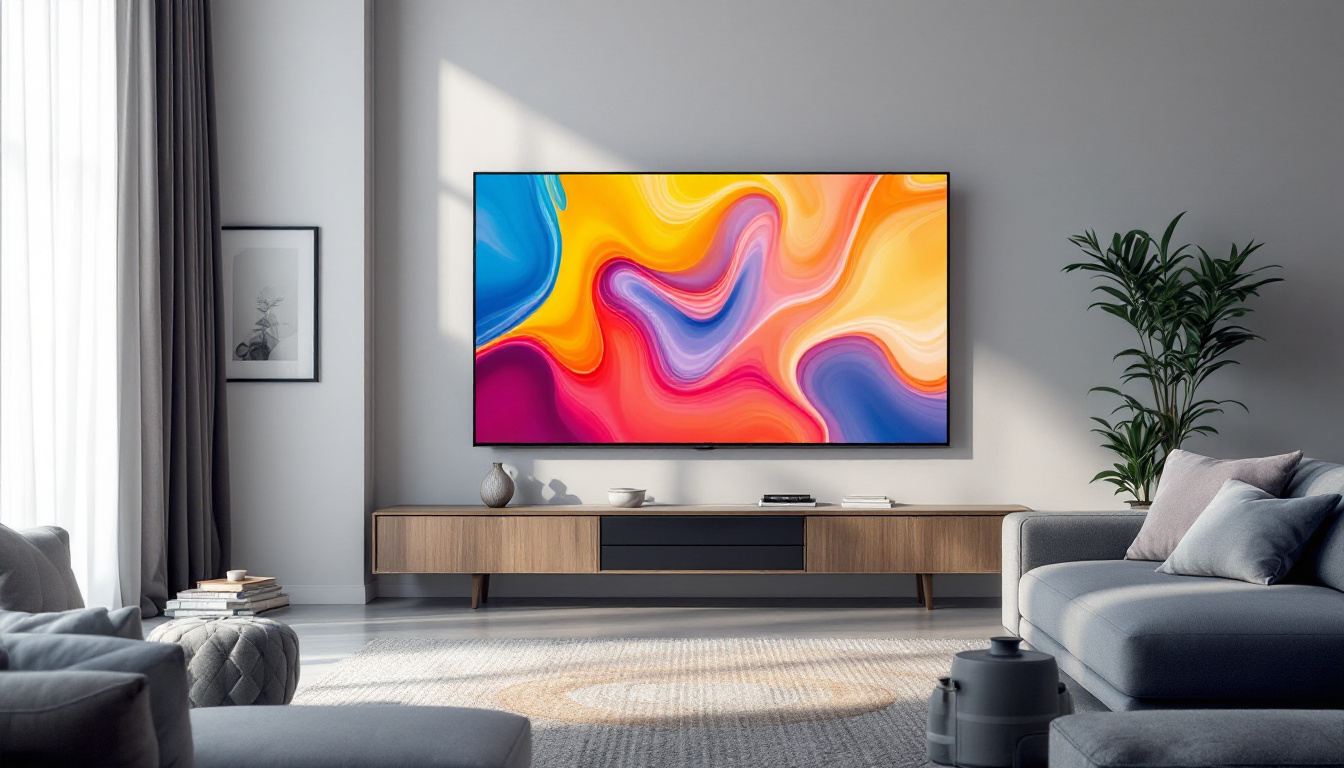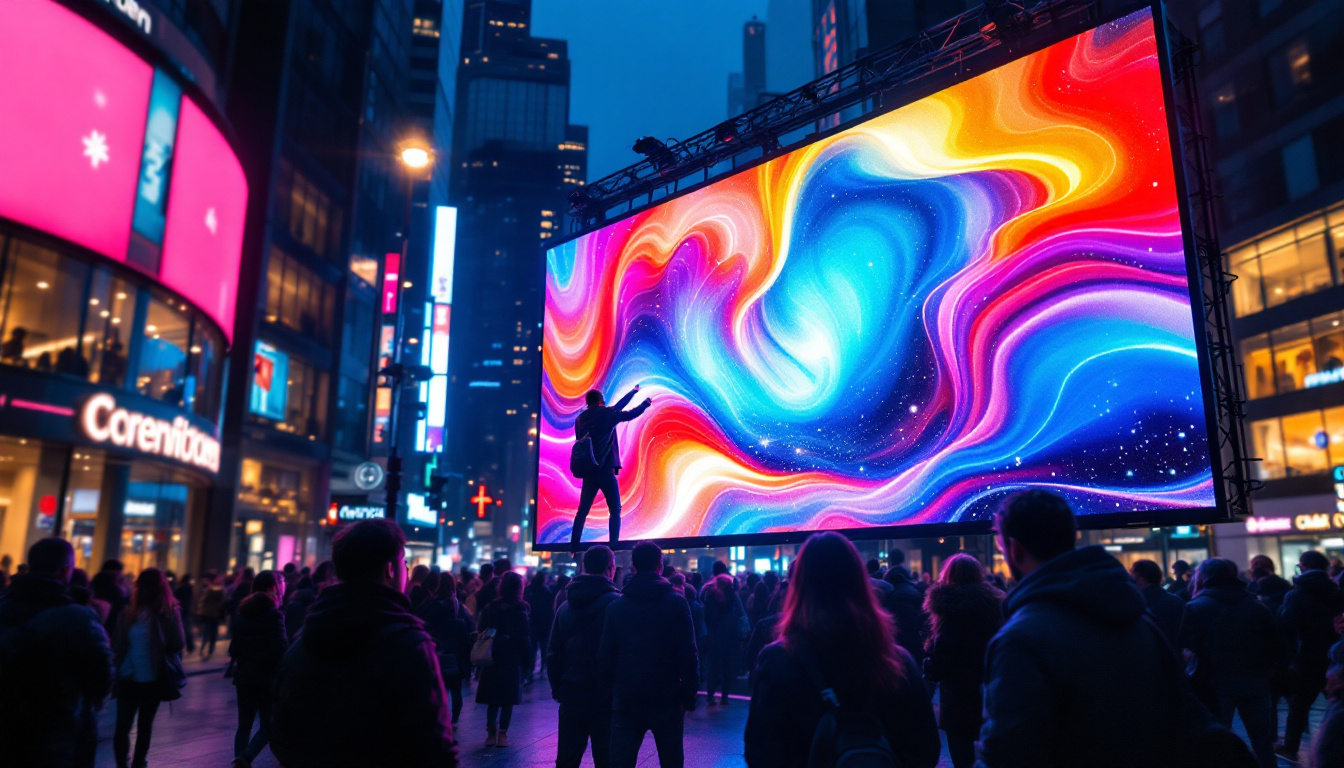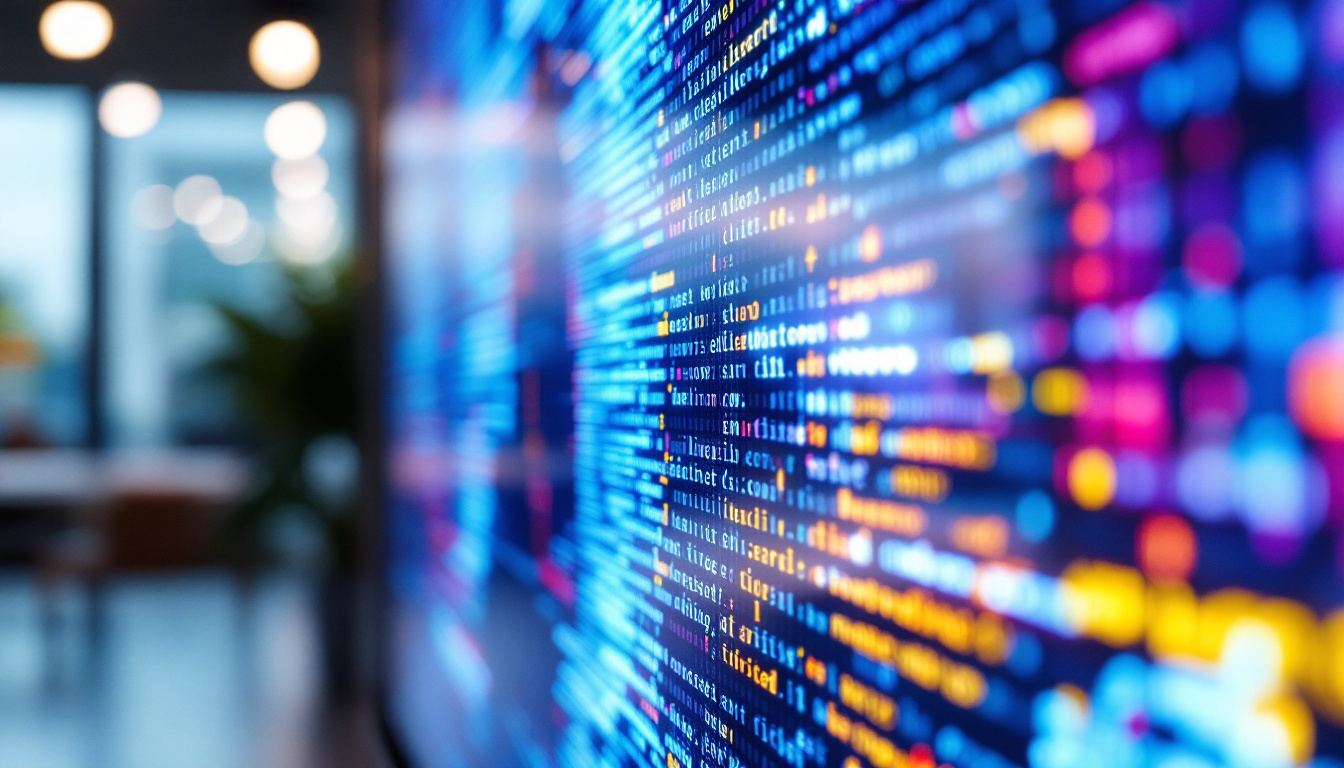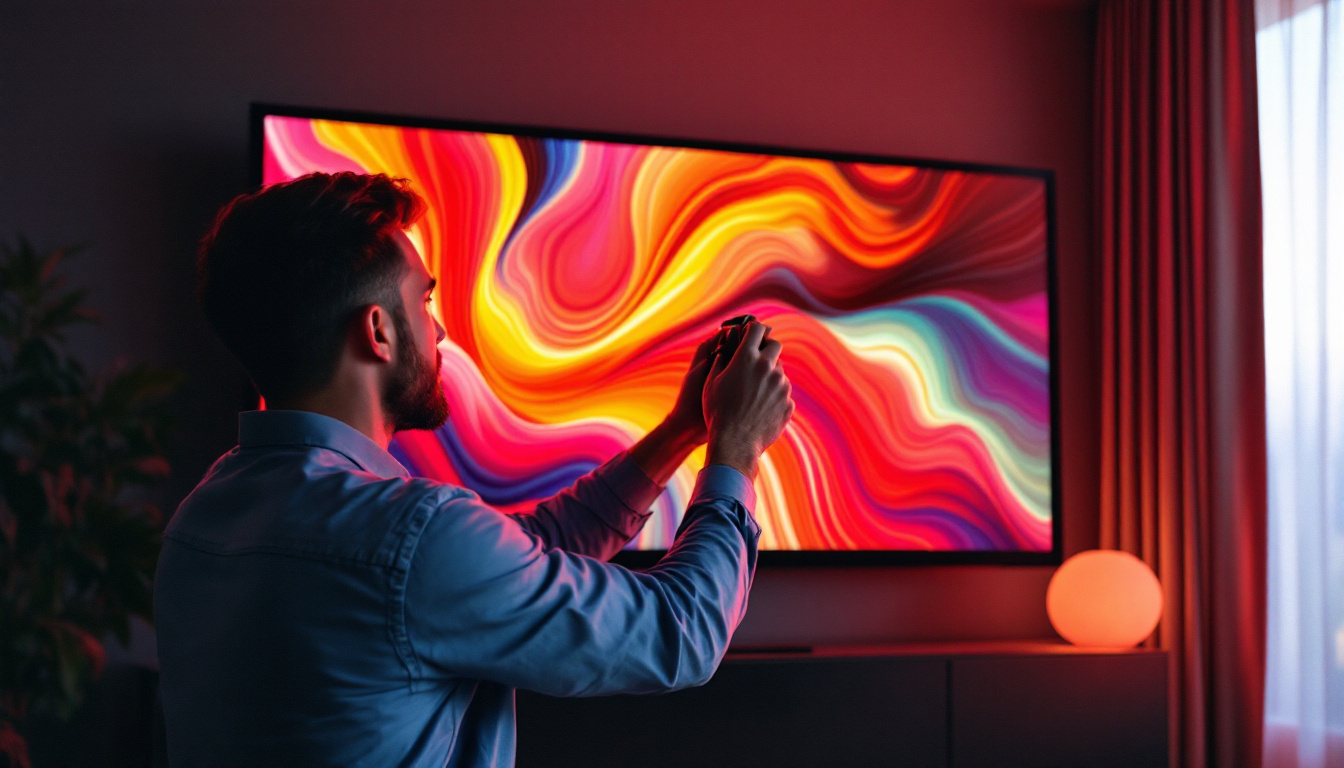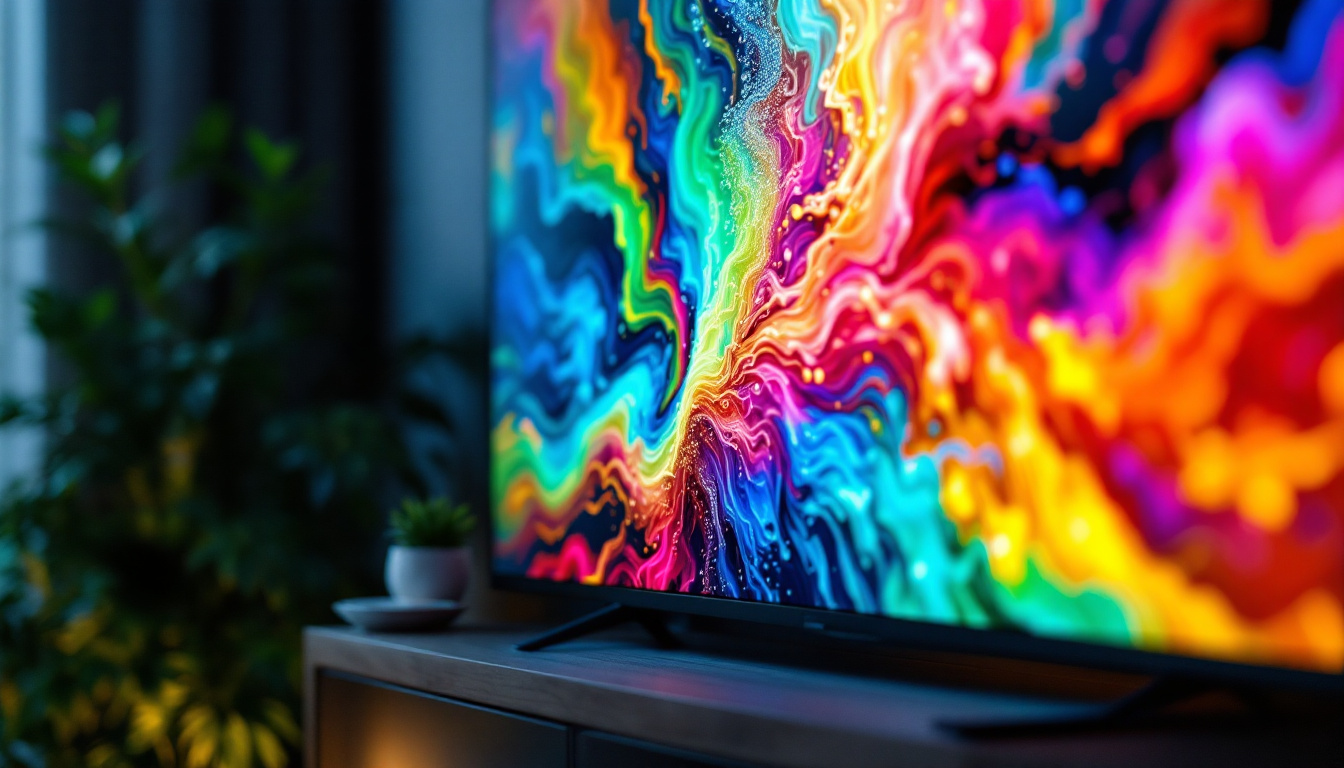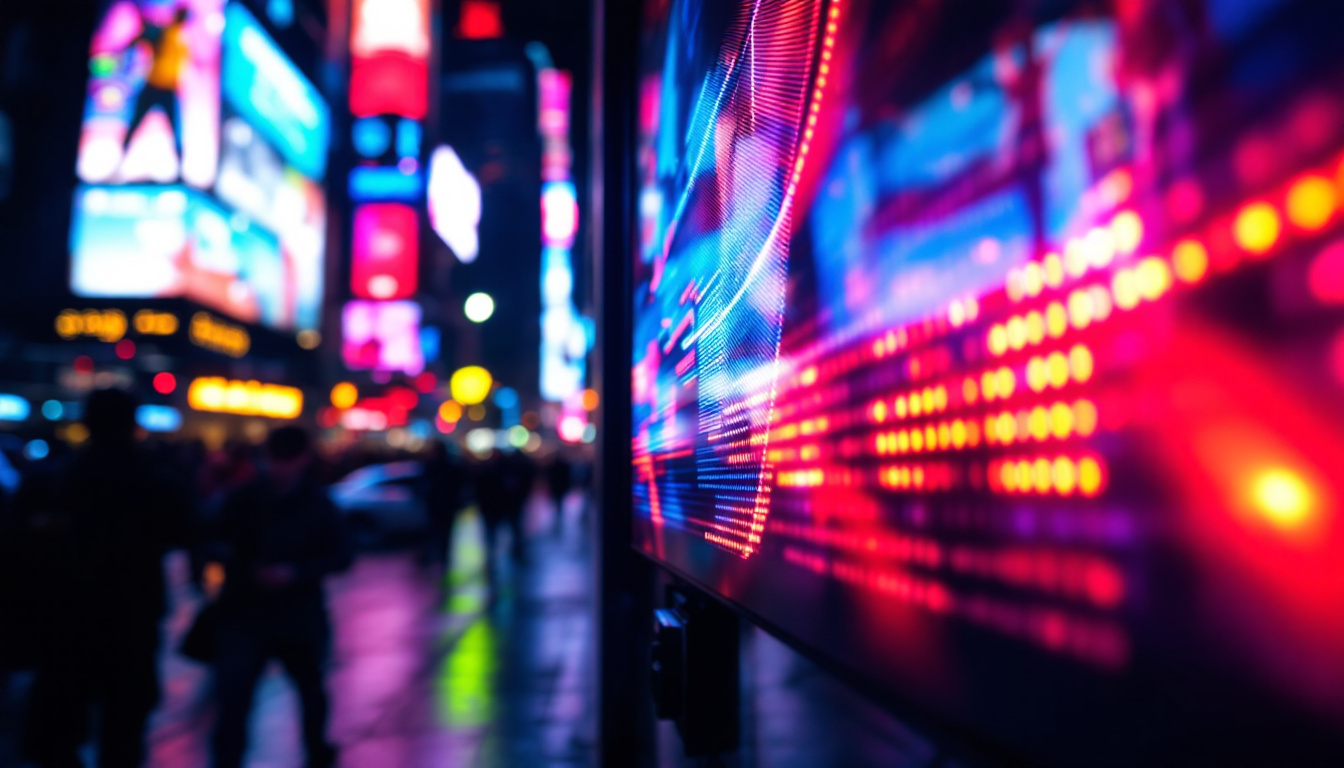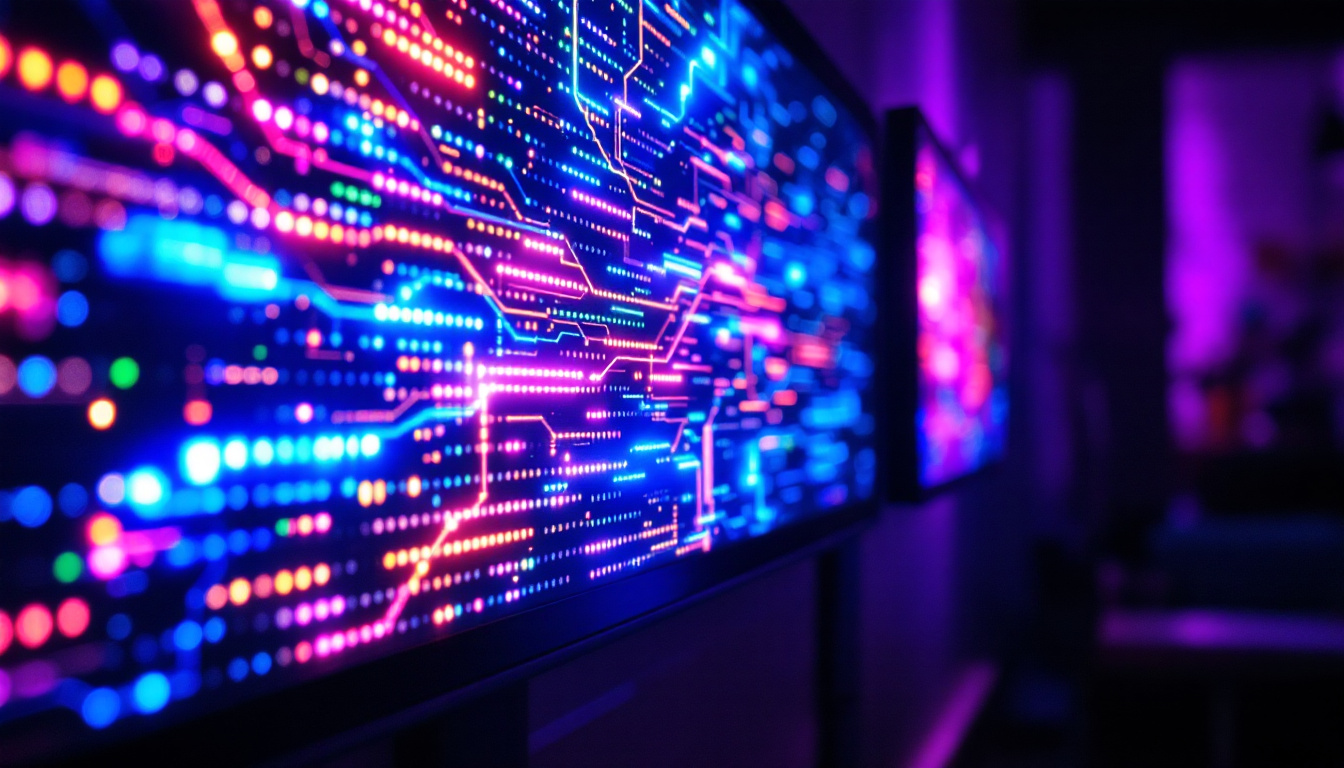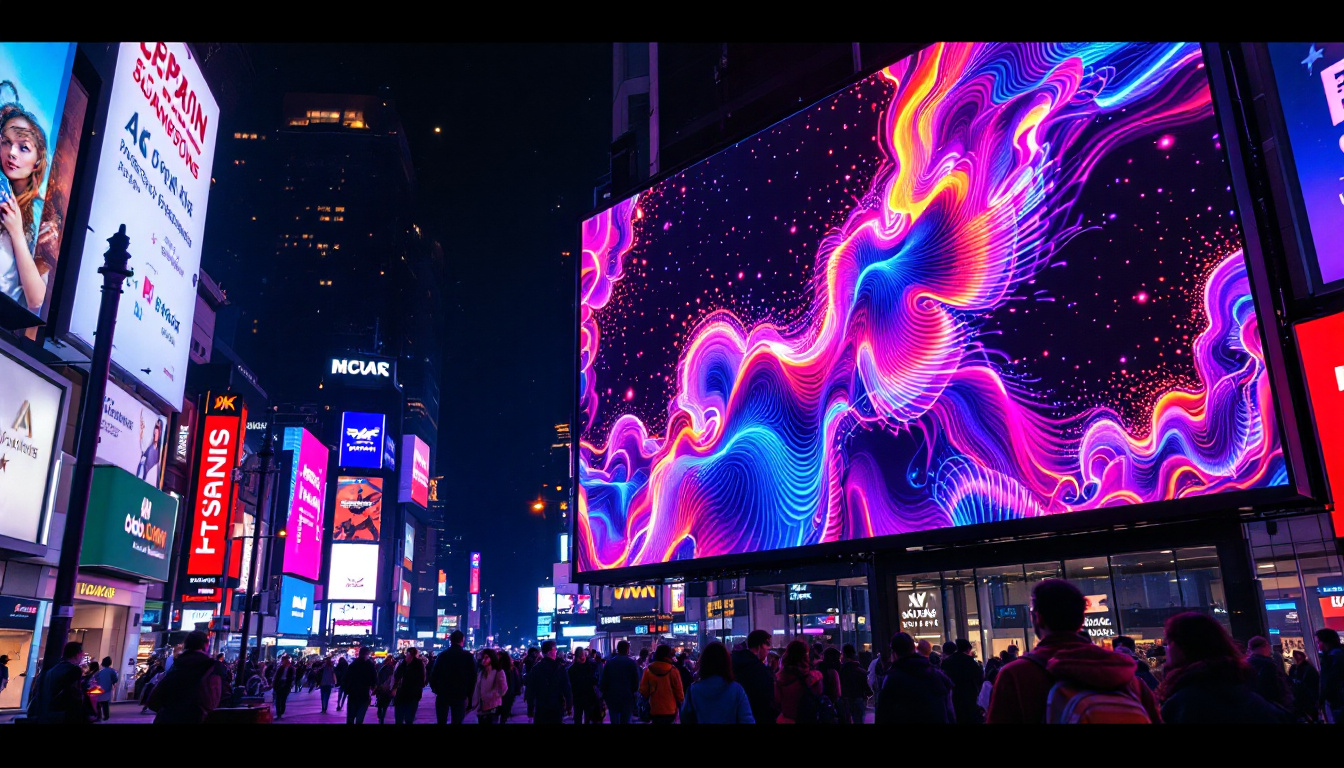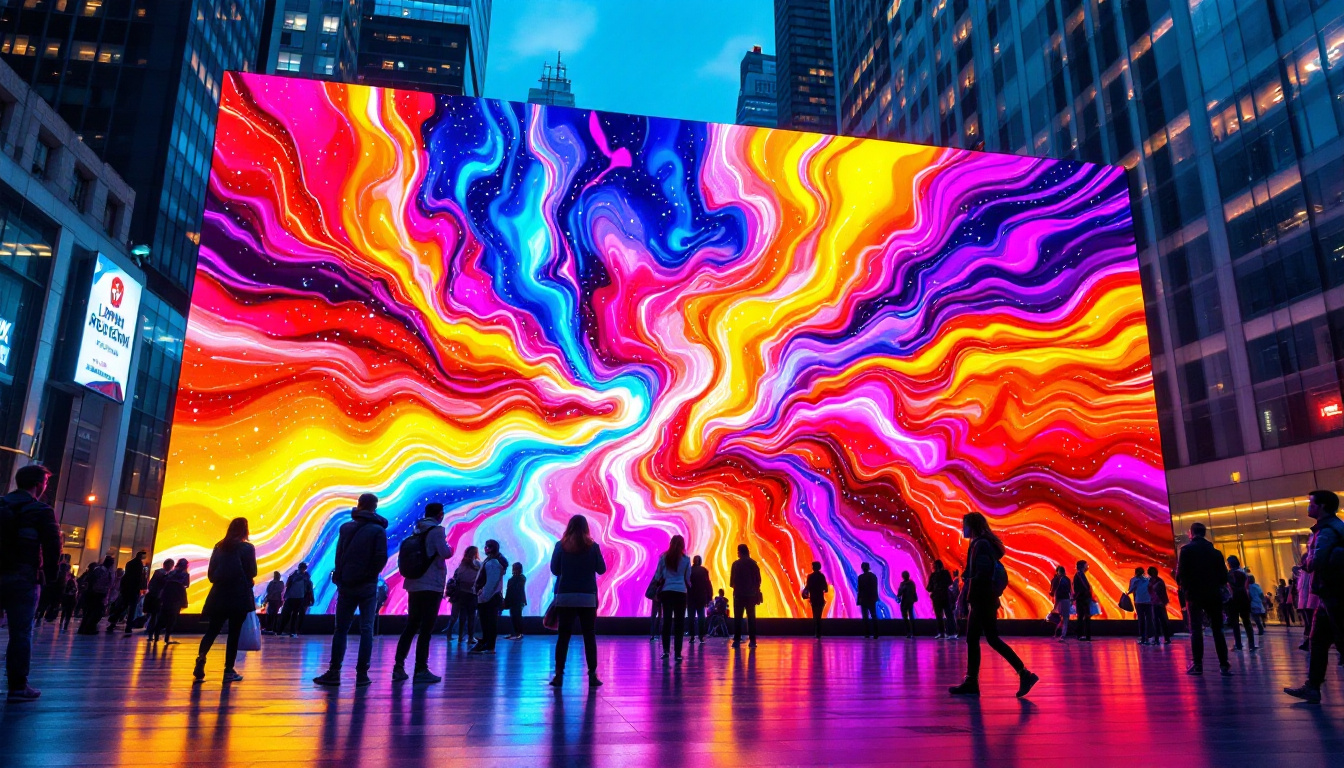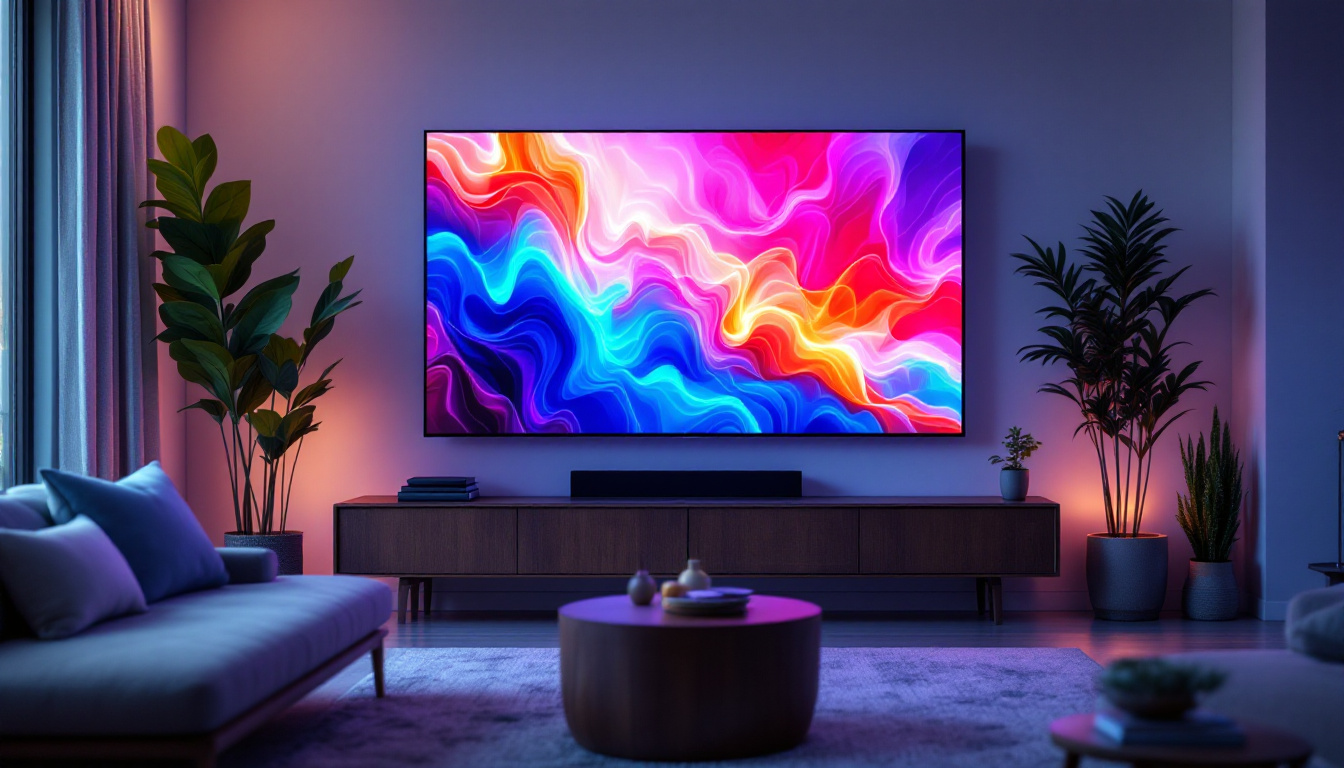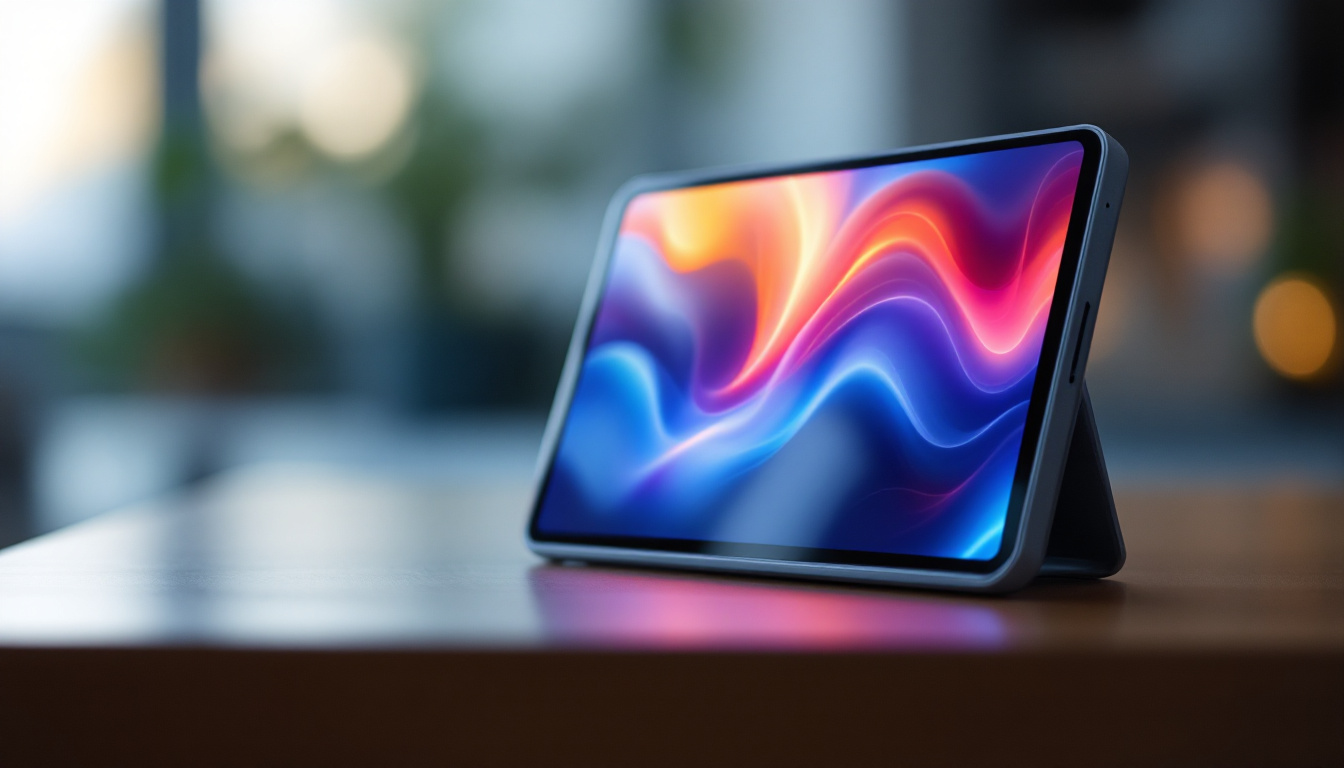Wall Of TVs: LED Display Explained
In the realm of modern technology, few innovations have garnered as much attention as the wall of TVs. This captivating display method has transformed how businesses, event organizers, and even homes present visual content. The LED display, in particular, stands out for its vibrant colors, energy efficiency, and versatility. This article delves into the intricacies of LED displays, exploring their components, advantages, applications, and future trends.
Understanding LED Displays
LED, or Light Emitting Diode, displays have revolutionized the way images and videos are presented. Unlike traditional LCD screens, LED displays utilize a series of small diodes to emit light, resulting in brighter and more vivid images. This technology has made it possible to create large-scale displays that are not only visually appealing but also efficient in terms of energy consumption. The advancements in LED technology have led to a significant reduction in power usage compared to older display technologies, making them a more sustainable choice for both consumers and businesses alike.
How LED Displays Work
At the core of an LED display is the LED itself, a semiconductor device that emits light when an electric current passes through it. These diodes are arranged in a grid format, with each pixel composed of red, green, and blue (RGB) components. By adjusting the intensity of each color, a wide spectrum of colors can be produced, allowing for rich and dynamic visuals. The precision with which these colors can be manipulated enables LED displays to produce images with exceptional clarity and detail, making them a popular choice for everything from advertising to artistic installations.
LED displays can be categorized into two main types: direct-view and backlit. Direct-view LED displays consist of individual LEDs that create the image directly, while backlit LED displays use LEDs to illuminate an LCD panel from behind. The former offers superior brightness and contrast, making it ideal for outdoor applications, while the latter is commonly used in televisions and monitors. Furthermore, advancements in technology have led to the development of mini and micro LED displays, which utilize smaller diodes for even finer detail and improved performance, particularly in high-definition settings.
Types of LED Displays
There are several types of LED displays, each designed for specific purposes. Among the most common are:
- Indoor LED Displays: These displays are typically used in venues such as theaters, conference rooms, and retail spaces. They offer high resolution and vibrant colors, making them suitable for close viewing. The flexibility of indoor LED displays allows for creative arrangements, such as curved or modular designs, enhancing the overall aesthetic of the environment.
- Outdoor LED Displays: Built to withstand the elements, outdoor LED displays are used for billboards, sports arenas, and public events. They are designed for high brightness and durability. Many outdoor displays also incorporate weather-resistant features and advanced cooling systems to ensure longevity and performance under varying conditions.
- Transparent LED Displays: These innovative displays allow for visibility through the screen, making them ideal for retail environments where products need to be visible behind the display. This technology not only enhances the shopping experience but also opens up new possibilities for advertising, allowing brands to engage customers without obstructing their view of the merchandise.
In addition to these types, there are also LED displays designed for specialized applications, such as digital signage and stage backdrops. Digital signage solutions leverage LED technology to deliver real-time information and advertisements in public spaces, while stage backdrops use large LED panels to create stunning visual effects during performances. The versatility of LED displays continues to expand, driven by ongoing innovations in technology and design, making them an integral part of modern visual communication.
Advantages of LED Displays
The rise of LED displays can be attributed to their numerous advantages over traditional display technologies. From energy efficiency to superior image quality, these displays offer compelling benefits that make them a preferred choice for many applications.
Energy Efficiency
One of the most significant advantages of LED displays is their energy efficiency. Compared to traditional display technologies, LED displays consume less power, which translates to lower electricity bills. This efficiency is particularly beneficial for large-scale installations, such as video walls in public spaces, where energy consumption can be substantial.
Superior Image Quality
LED displays are known for their exceptional image quality. They offer higher brightness levels, deeper blacks, and a wider color gamut, resulting in stunning visuals that captivate audiences. The ability to produce vibrant colors and sharp images makes LED displays ideal for various applications, from advertising to entertainment.
Longevity and Durability
LED technology is inherently more durable than other display technologies. LED displays have a longer lifespan, often exceeding 100,000 hours of use. This longevity reduces the need for frequent replacements and maintenance, making them a cost-effective solution for businesses and organizations.
Applications of LED Displays
The versatility of LED displays allows them to be utilized in a wide range of applications. From advertising and entertainment to information dissemination and artistic expression, the possibilities are virtually limitless.
Advertising and Marketing
LED displays have become a staple in the advertising industry. Their ability to deliver dynamic content in high resolution makes them an effective tool for capturing consumer attention. Retailers use LED displays to showcase promotions, new products, and brand messages, while outdoor billboards leverage this technology to reach a broader audience.
Entertainment and Events
In the entertainment sector, LED displays play a crucial role in enhancing the audience experience. Concerts, festivals, and sporting events often feature massive LED screens that display live feeds, graphics, and advertisements. This immersive experience engages attendees and creates a more memorable event.
Corporate and Educational Use
LED displays are also widely used in corporate environments and educational institutions. In conference rooms, they facilitate presentations and video conferencing, while in classrooms, they enhance learning through interactive displays. Their clarity and brightness ensure that information is conveyed effectively, regardless of the setting.
Designing a Wall of TVs
Creating a wall of TVs using LED displays requires careful planning and execution. The design process involves several key considerations to ensure optimal performance and visual impact.
Choosing the Right Configuration
The configuration of the wall is crucial for achieving the desired visual effect. Common configurations include grid layouts, curved designs, and custom shapes. The choice of configuration depends on the space available, the intended use, and the viewing distance. A well-thought-out configuration can enhance the overall aesthetic and functionality of the display.
Resolution and Size
When designing a wall of TVs, selecting the appropriate resolution and size is essential. Higher resolution displays provide clearer images, especially when viewed up close. The size of the screens should also be considered based on the viewing distance; larger screens are ideal for larger spaces, while smaller screens work better in intimate settings.
Content Management
Effective content management is vital for maximizing the impact of a wall of TVs. Utilizing a robust content management system (CMS) allows for seamless integration of various media types, including videos, images, and live feeds. This flexibility enables dynamic content updates and ensures that the display remains engaging and relevant.
Challenges and Considerations
While LED displays offer numerous advantages, there are also challenges and considerations to keep in mind. Understanding these factors can help in making informed decisions regarding installation and maintenance.
Cost of Installation
The initial investment for a wall of TVs can be significant, especially for high-quality LED displays. Businesses must weigh the benefits against the costs to determine if the investment aligns with their goals. However, the long-term savings in energy consumption and maintenance can offset the initial expenses.
Maintenance Requirements
Although LED displays are known for their durability, they still require regular maintenance to ensure optimal performance. Dust accumulation, environmental factors, and wear and tear can affect image quality over time. Establishing a maintenance schedule is essential for keeping the displays in top condition.
Viewing Angles and Brightness
Viewing angles and brightness levels are critical factors in the design of a wall of TVs. Ensuring that the displays are visible from various angles and distances is essential for maximizing audience engagement. Additionally, outdoor displays must be bright enough to counteract sunlight, while indoor displays should have adjustable brightness settings for various lighting conditions.
The Future of LED Displays
The future of LED displays is bright, with ongoing advancements in technology and design. As the demand for high-quality visual content continues to grow, innovations in LED technology are set to enhance capabilities further.
Emerging Technologies
New technologies, such as MicroLED and MiniLED, are on the horizon, promising even greater image quality and energy efficiency. MicroLED displays, for instance, utilize microscopic LEDs that can produce stunning visuals while consuming minimal power. These advancements will likely lead to more compact and versatile display solutions.
Integration with Smart Technology
As smart technology becomes increasingly prevalent, the integration of LED displays with IoT devices and smart systems is expected to rise. This integration will enable seamless content management, personalized advertising, and interactive experiences, further enhancing the capabilities of wall displays.
Sustainability Initiatives
With growing awareness of environmental issues, sustainability is becoming a priority in the tech industry. LED displays are already more energy-efficient than traditional technologies, but future developments may focus on using eco-friendly materials and manufacturing processes. This shift will not only benefit the environment but also appeal to consumers who prioritize sustainability.
Conclusion
The wall of TVs, particularly through the use of LED displays, represents a significant evolution in visual technology. With their vibrant colors, energy efficiency, and versatility, LED displays have become indispensable in various sectors, from advertising to education. As technology continues to advance, the potential applications and benefits of LED displays will only expand, making them an exciting area to watch in the coming years.
Whether for a corporate event, a retail space, or a home theater, understanding the intricacies of LED displays can empower users to make informed decisions that enhance their visual communication strategies. As the landscape of display technology evolves, embracing these innovations will be key to staying ahead in an increasingly visual world.
Discover LumenMatrix’s Innovative LED Solutions
Ready to elevate your visual experience with the latest in LED technology? Look no further than LumenMatrix, a pioneer in crafting LED displays that bring your content to life. From the immersive Indoor LED Wall Display to the dynamic Outdoor LED Wall Display, and from the mobile versatility of Vehicle LED Displays to the sleek LED Poster Displays, LumenMatrix offers a comprehensive range of solutions tailored to your needs. Whether you’re looking to dazzle with an LED Sports Display, engage with a Floor LED Display, or customize your message with a Custom LED Display, LumenMatrix is your partner in revolutionizing visual communication. Don’t miss the chance to transform your space with an All-in-One LED Display or captivate passersby with an LED Transparent Display. Check out LumenMatrix LED Display Solutions today and start creating unforgettable visual narratives that resonate with your audience.




